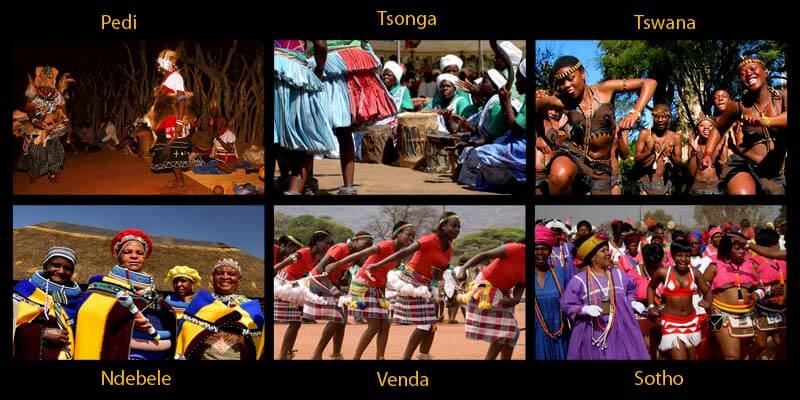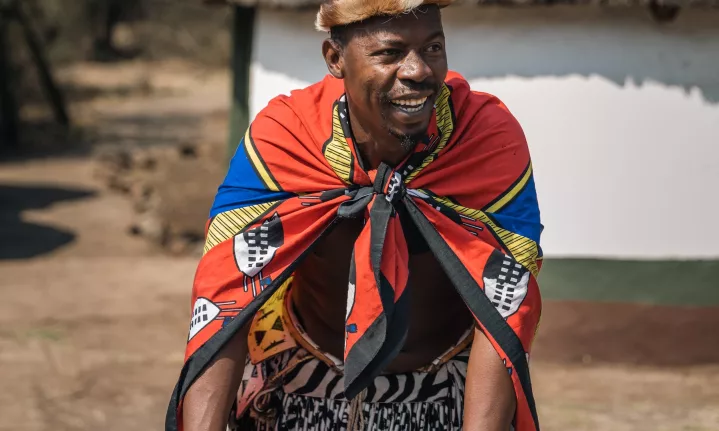The Only Guide to South African Culture Today
The Only Guide to South African Culture Today
Blog Article
The 6-Minute Rule for South African Culture Today
Table of ContentsSouth African Culture Today Can Be Fun For EveryoneNot known Details About South African Culture Today Our South African Culture Today PDFsThe Single Strategy To Use For South African Culture TodayEverything about South African Culture TodayOur South African Culture Today PDFs
An issue of significance in Zambian villages is the passing away of enjoyed ones. All members of the town placed money, time and initiative together for the funeral of the deceased.Throughout the grieving period; guys stay outside the home and the ladies stay inside the residence of the deceased. After speaking concerning the deceased, the town walks to the area of funeral to say their last farewells. Music and dance is a very essential aspect of the Zambian culture. The different tribal systems have their own dance forms; nonetheless, makishi prevails amongst all people.
Some Of South African Culture Today
When it involves songs, drums are made use of one of the most, with a range of drumming events. In Zambia, bulk of individuals are Christian; Protestant and Roman Catholic. There are tiny teams of Muslims and Hindus, with the rest following local native tribal beliefs.

South African heritage and society is immensely diverse, and contains various groups of individuals that each have their very own traditions and beliefs. Having such a variety of people and societies is what makes South Africa so special. In real sense of the expression, we are a rainbow nation.
Making it the 7th on the listing of countries with the most Portuguese people in it outside of Portugal. Portuguese is not just a culture, yet it is additionally a language and a nationality. Portuguese individuals stem from the nation of Portugal in Europe, nonetheless, due to Portugal (like several various other nations in Europe) exploring the globe and dominating other nations throughout the 15th 20th centuries, South Africa has what we call Portuguese South African's living in it.
Everything about South African Culture Today
Amongst the popular functions of the topography is a plateau that covers almost two thirds of the center of the nation. The plateau facility climbs toward the southeast, where it culminates in the Drakensberg range, part of a cliff that separates the plateau from the seaside areas. The Drakensburg includes Sparkling wine Castle, the greatest optimal in the nation.
The region north of the Witwatersrand, called the bushveld, slopes downward from eastern to west towards the Limpopo River, which creates the international boundary. The western section of the plateau, the middleveld, also descends in the direction of the west and differs in elevation in between the highveld and bushveld. In between the Drakensburg and the eastern and southerly shoreline, the land descends to the sea.
Nearer the shore there is a low-lying level called the eastern lowveld. Southwest of the plateau the nation becomes progressively extra arid, paving the way to the stony desert of the Great Karroo, surrounded on the eastern by the lower, better watered plateau of the Little Karroo. Dividing the completely dry southern inside from the sandy littoral of the southerly coast and West Cape is another range, the Langeberg.
The South African Culture Today PDFs
The nation's racially, ethnically, and politically split history has produced nationwide and subnational symbols that still work as icons of the country, original site and others signs that are accepted just by specific teams. The monuments to white inhabitant occupation and political prominence, such as the Afrikaner Voortrekker ("pioneer") Monolith in Pretoria and the Rhodes Monument recognizing the British colonial realm building contractor and Cape prime preacher Cecil Rhodes, continue to be sectarian symbols.
The very first modern residents were the San ("bushman") hunter-gatherers and the Khoi ("Hottentot") individuals, who rounded up animals (South African culture today). The San might have existed for thousands of years and left evidence of their existence in hundreds of old cavern paints ("rock art"). Bantu-speaking clans that were the forefathers of the Nguni (today's amaZulu, amaXhosa, amaSwazi, and vaTsonga peoples) and Tswana-Sotho language teams (today's Batswana and Southern and Northern Basotho) migrated below eastern Africa as very early as the fifteenth century

Both former republics of the Orange Free State and Transvaal (South African Republic) were established by Afrikaner settlers who defeated and dispossessed the Basotho and Batswana. Lesotho would have been forcibly integrated into the Orange Free State without the expansion of British defense in 1869. The utmost unification of the nation resulted from the South African Battle (18991902) in between the British and the 2 Afrikaner republics, which minimized the nation to ruin at the beginning of the twentieth century.
Afrikaners traditionally considered themselves the only true South Africans and, while providing full citizenship to all citizens of go to the website European descent, denied that status to individuals of shade up until the democratic transition of 1994. British South Africans retain a feeling of cultural and social connection to Great Britain without compromising their identification as South Africans.
The South African Culture Today Diaries
The diversity and fragmentation within ethnic groups and the equilibrium of stress between those teams throughout the twentieth century avoided interethnic civil dispute. While intergroup tensions over resources, privileges, and political prominence remain, those disputes are as likely to match Zulu versus Zulu as Zulu versus Xhosa or African versus Afrikaner.
From colonial India, British vendors and administrators brought the bent steel decorative roofing systems and slim lace job columns that still epitomize the verandas of cottages in the areas and cities throughout the nation. Holy places contribute an essential architectural element also in the smallest communities. Along with the skyrocketing steeples and traditional stonework of Afrikaans Dutch Reformed churches, Anglican churches, synagogues, mosques, and Hindu shrines supply range to the spiritual architectural scene.

Slaughtering and the brewing of standard cereal beer are crucial in protecting the participation and goodwill of the forefathers that are taken into consideration the guardians of great lot of money, prosperity, and wellness. Indian communities keep their indigenous cooking traditions and apply them on Islamic and Hindu routine and ceremonial events. Afrikaners and Coloured people collect at weekends and unique occasions at multifamily bbqs called braais, where community bonds are reinforced.
Due to the fact that this was the primary economic venture of both black Africans and white homesteaders, conflict between those groups fixated the possession of grazing land and livestock. In 1867, the biggest diamond down payments in the globe were uncovered at Kimberley in the west central location. The riches from those areas helped fund the exploitation of the greatest gold reef worldwide, which was found on the Witwatersrand in 1886.
The 6-Minute Rule for South African Culture Today
This caused misconceptions and calculated misrepresentation in the dealings of white settlers and government officials with African principals throughout the colonial period (South African culture today). In the establishment of African books, some elements of common and mainly "tribal depend on" land period were preserved, and also in white backwoods, forms of common additional info period were still practiced in areas with African areas
After the democratic transformation of 1994, programs for land restitution, redistribution, and reform were instituted, yet development has actually been slow. The white minority still manages eighty percent of the land. In the wake of agricultural land invasions in Zimbabwe, the Division of Land Affairs has actually promised to speed up land redistribution.
Report this page